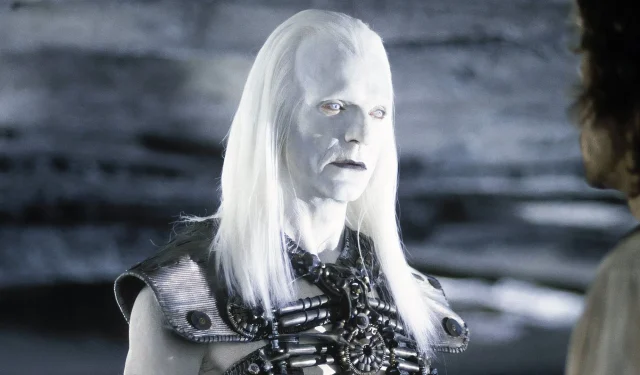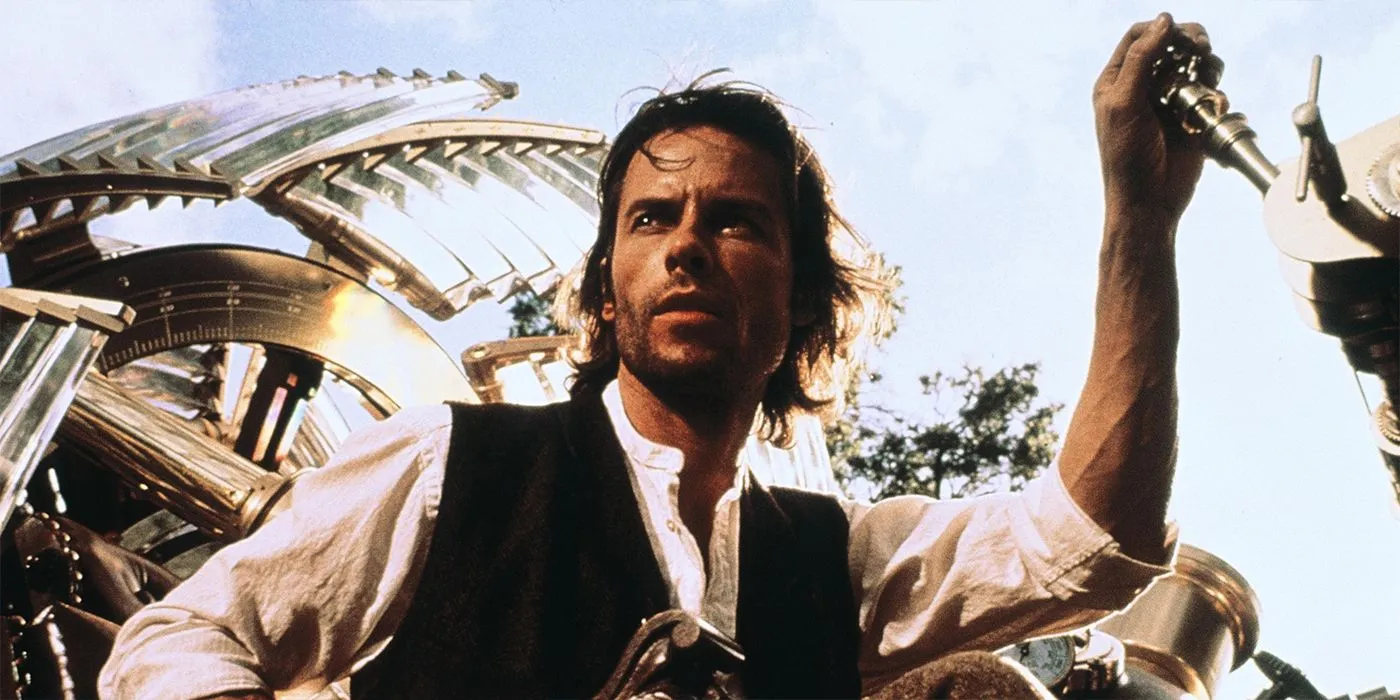
The cinematic landscape has long been enriched by the vivid imagination of H.G. Wells, whose works have inspired a multitude of film adaptations over the decades. One notable reinterpretation is the 2002 film The Time Machine, which recently garnered renewed praise from visual effects (VFX) artists—22 years after its premiere. This film, like many of Wells’ narratives, reflects not only the author’s pioneering ideas but also resonates with contemporary societal themes.
H.G. Wells’ Adaptations in Film History
Since the 1930s, Wells’ narratives have made their way to the silver screen with groundbreaking results. Iconic early adaptations like Island of Lost Souls (1932) and The Invisible Man (1933) captivated audiences through their innovative special effects. Mid-century films, including The War of the Worlds (1953) and The Time Machine (1960), tapped into the Cold War climate and the burgeoning quest for time travel, ensuring that Wells’ themes remained relevant. More modern remakes, like The Island of Dr. Moreau (in 1977 and 1996) and Steven Spielberg’s War of the Worlds (2005), continually find new avenues to express and visualize his thoughts, often highlighting advancements in visual effects technology.
Praise for The Time Machine’s Visual Effects
A Modern Take on a Classic Narrative

Directed by Simon Wells, a descendant of the author himself, The Time Machine chronicles the journey of Guy Pearce, who portrays a 19th-century inventor. In a desperate quest to reshape his past, he inadvertently catapults himself into a distant future, discovering two factions of humanity at odds. Alongside Pearce, the film features performances by talents such as Orlando Jones, Samantha Mumba, Mark Addy, and Jeremy Irons, with a nostalgic cameo from Alan Young, known for his role in the 1960 movie adaptation.
Recently, during an episode of the popular series VFX Artists React by Corridor Crew, visual effects experts Niko Pueringer and Wren Weichman offered glowing remarks about the film’s VFX achievements, particularly appreciating the striking time-lapse imagery featured in the time bubble sequences. Here’s a glimpse of their insights:
Weichman: Can we just appreciate how good that time bubble looks?
Pueringer: They treated the sand dunes like water and animated them like water because, with the time-lapse, they move like water. It’s very CGI-looking, but it’s really fun to watch.
The Lasting Impact of VFX in The Time Machine
Enduring Visual Quality Explored
The acclaim from the VFX artists speaks volumes about the lasting impact of The Time Machine (2002), particularly its innovative visual narrative techniques that leave audiences captivated even today. For instance, the film leveraged advanced color formats developed by Industrial Light and Magic, such as RGBE—incorporating additional visual dimensions to enhance storytelling.
Ultimately, the feedback from these industry professionals not only reinforces the significance of the visual effects field but also honors H.G. Wells’ legacy of exploration and transformation, inspiring new generations of viewers to delve into his timeless themes.
For those interested in the full analysis, check out the episode here: Corridor Crew.




Leave a Reply